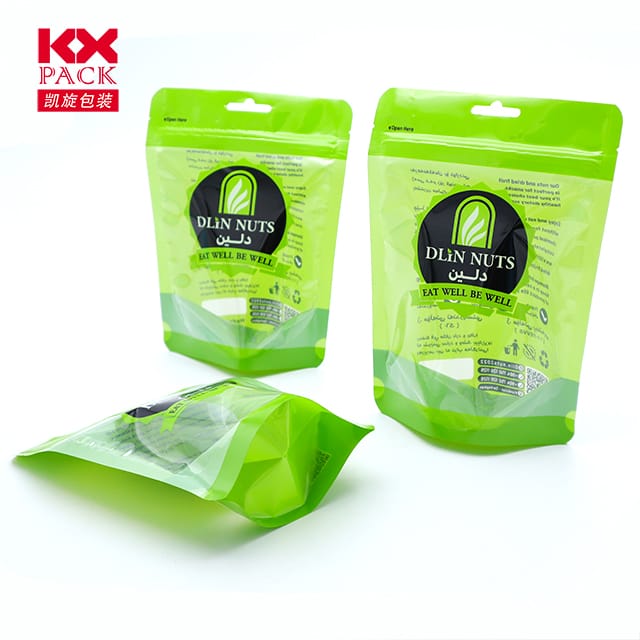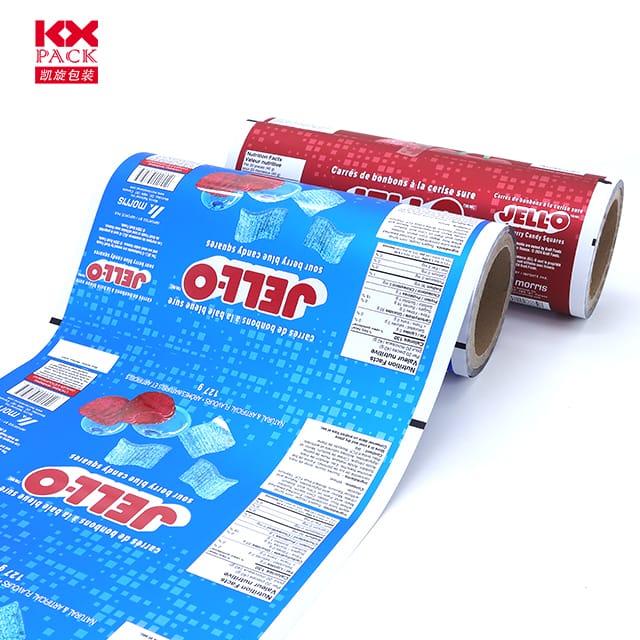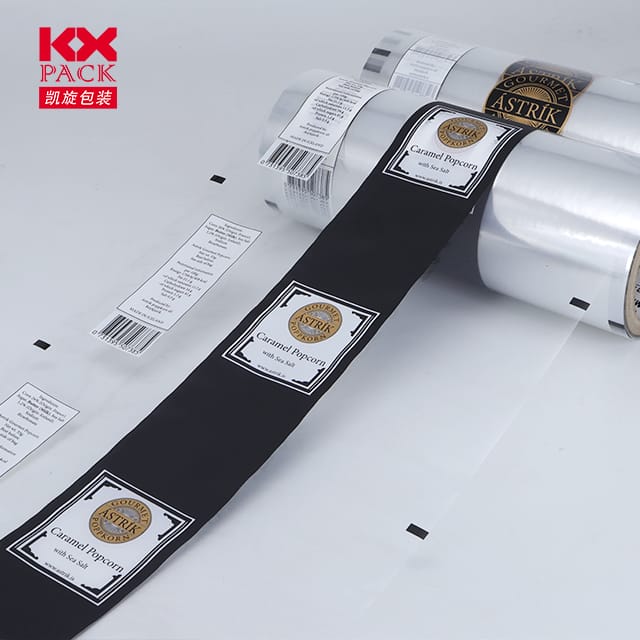Ewolucja i wpływ elastycznych filmów w opakowaniu żywności: Zrównoważona rewolucja (3)
Elastyczne filmy
W dzisiejszym dynamicznym świecie, Opakowanie żywności nie dotyczy już tylko powstrzymania - to nauka, która równoważy ochronę, wygoda, i zrównoważony rozwój. Wśród innowacji napędzających tę transformację, folie elastyczne stały się rewolucją w dziedzinie opakowań do żywności. Lekki, wszechstronny, i elastyczne, Materiały te przekształcają sposób, w jaki chronimy, transport, i spożywać jedzenie. Przyjrzyjmy się, dlaczego folie elastyczne rewolucjonizują branżę i jaka jest ich przyszłość.
Czym są folie elastyczne?
Folie elastyczne są cienkie, giętkie materiały wykonane z polimerów, takich jak polietylen (PE), polipropylen (PP), poliester (ZWIERZAK DOMOWY), oraz biodegradowalne alternatywy, takie jak PLA (Kwas polilowy). Folie te można laminować, pokryty, lub drukowane w celu stworzenia rozwiązań opakowaniowych dostosowanych do konkretnych produktów spożywczych — od przekąsek i świeżych produktów po mrożone posiłki i napoje.
Ich kluczowe zalety? Lekka konstrukcja zmniejsza emisję gazów cieplarnianych, konfigurowalne właściwości barierowe wydłużają okres przydatności do spożycia, Ielastyczność pozwala na efektywne wykorzystanie przestrzeni w projektach opakowań.
Dlaczego folie elastyczne dominują w opakowaniach do żywności??
- Zwiększony okres trwałości
Elastyczne folie można konstruować przy użyciu tlenu, wilgoć, i bariery świetlne zapobiegające psuciu się. Na przykład, laminaty wysokobarierowe utrzymują świeżość kawy, podczas pakowania w atmosferze modyfikowanej (MAPA) Folie przedłużają trwałość mięs i serów. - Zyski w zakresie zrównoważonego rozwoju
Tradycyjne sztywne opakowania często zużywają więcej materiału i generują więcej odpadów. Folie elastyczne, dla kontrastu, wymagają mniej zasobów do produkcji i transportu. Dodatkowo, postępy w folie nadające się do recyklingu i kompostowania (NP., struktury PLA na bazie biologicznej lub monomateriałowe PE) redukują zanieczyszczenie tworzywami sztucznymi. - Wygoda & Innowacja
Zamki błyskawiczne z możliwością ponownego zapięcia, Otwory łatwe, i stojące woreczki sprawiają, że elastyczne opakowania są przyjazne dla konsumenta. Marki takie jak firmy produkujące przekąski i producenci dań gotowych wykorzystują te funkcje, aby poprawić wygodę użytkownika. - Efektywność kosztowa
Lżejsze materiały oznaczają niższe koszty wysyłki, oraz możliwość formowania-wypełniania-zgrzewania (FFS) na maszynach szybkobieżnych zwiększa wydajność produkcji.
Wyzwania & Droga przed nami
Pomimo ich korzyści, folie elastyczne napotykają przeszkody:
- Złożoność możliwości recyklingu: Laminaty wielowarstwowe (NP., PET/AL/PE) są trudne do recyklingu.
- Percepcja konsumenta: Niektórzy nadal kojarzą tworzywa sztuczne z odpadami, nawet jeśli istnieją innowacje takie jak recykling chemiczny lub folie nadające się do kompostowania.
Rozwiązania na horyzoncie:
- Struktury mono-materialne: Stosowanie jednego typu polimeru (NP., woreczki wykonane w całości z PE) poprawia możliwość recyklingu.
- Filmy biodegradowalne: Wykonane z zasobów odnawialnych, te rozkładają się naturalnie, chociaż skalowalność pozostaje wyzwaniem.
- Inteligentne opakowanie: Integracja czujników lub kodów QR z foliami w celu śledzenia świeżości i ograniczenia ilości odpadów.
Przyszłość jest elastyczna
Przewiduje się, że globalny rynek opakowań elastycznych osiągnie poziom$250 miliard przez 2028, napędzany wzrostem handlu elektronicznego i wymogami zrównoważonego rozwoju. Marki coraz częściej stawiają na pierwszym miejscuokrągła konstrukcja—tworzenie opakowań nadających się do recyklingu, wielokrotnego użytku, lub kompostowalne zgodnie z projektem.
Ponieważ konsumenci żądają opcji przyjaznych dla środowiska, nie rezygnując z wygody, elastyczne folie odegrają kluczową rolę w wypełnieniu tej luki. Następna granica? Innowacje takie jakjadalne filmy (Wykonane z wodorostów lub skrobi) Lubmateriały samonaprawiające się które dodatkowo minimalizują ilość odpadów.
Wniosek
Folie elastyczne to coś więcej niż tylko opakowanie – to świadectwo ludzkiej pomysłowości w rozwiązywaniu współczesnych wyzwań. Poprzez zrównoważenie funkcjonalności, zrównoważony rozwój, i przystępność cenowa, chronią nie tylko żywność, ale także naszą planetę. W miarę postępu technologii, jedno jest jasne: przyszłość opakowań do żywności jest elastyczna, i tu zostanie.
Jakie jest Twoje zdanie na temat folii elastycznych?? Podziel się swoimi przemyśleniami w komentarzach poniżej! 🌱🍱
Słowa kluczowe: folie elastyczne, opakowania do żywności, zrównoważony rozwój, okres przydatności, ulegające biodegradacji, nadające się do recyklingu, gospodarka o obiegu zamkniętym







